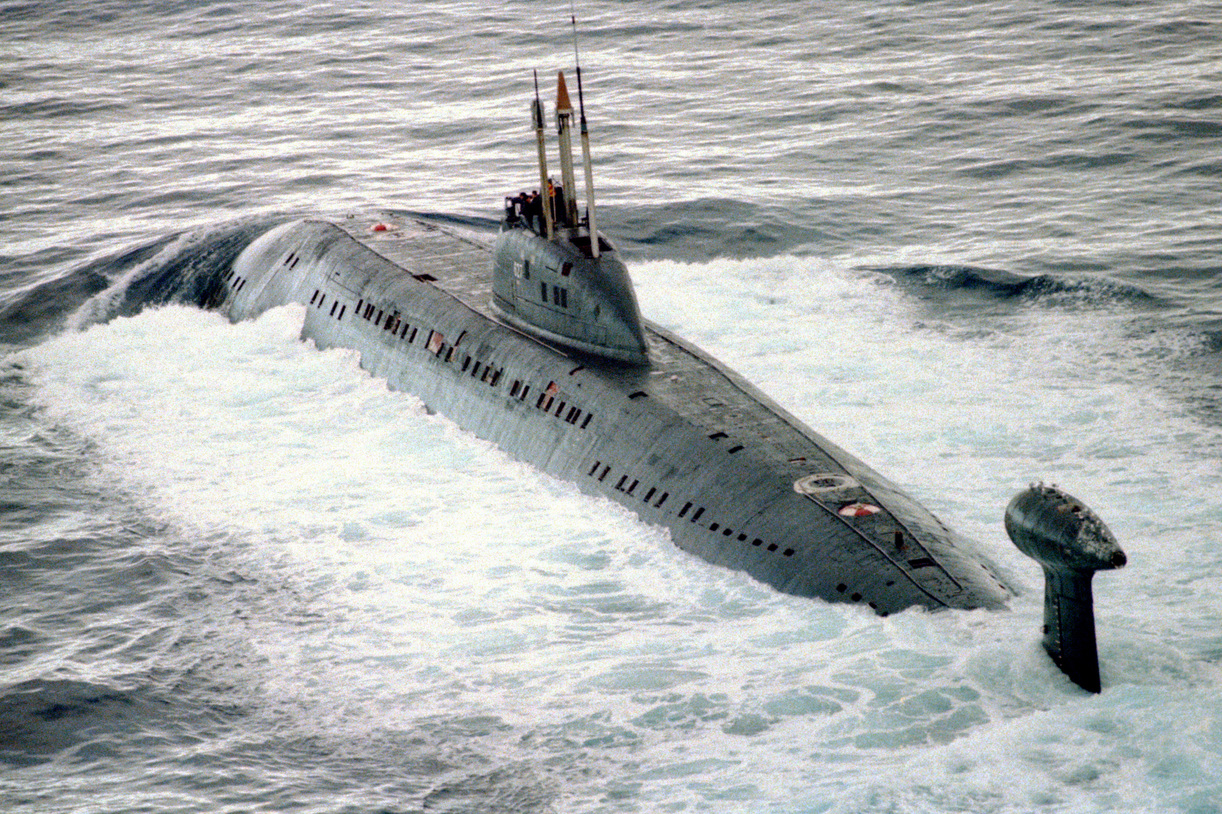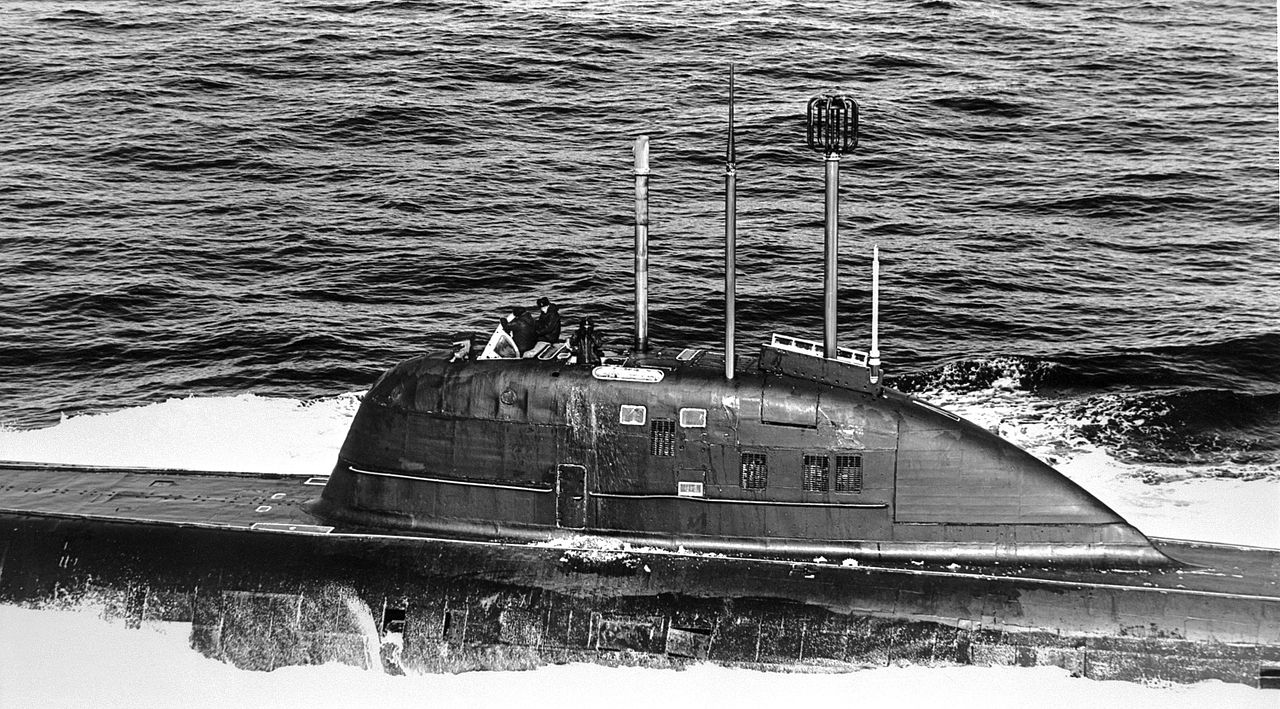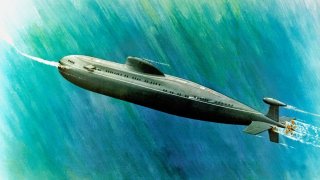Victor III: The Russian Nuclear Attack Submarine Built with U.S. Navy 'Help'
During the Cold War, the U.S. and Soviet Union competed fiercely to develop superior submarine fleets, essential for nuclear deterrence. Soviet submarines, despite being fast and heavily armed, were notoriously noisy due to cavitation—a flaw exploited by the U.S. for detection. Instead of innovation, the Soviets turned to espionage, relying on U.S. Navy officer John Walker, who provided classified information for nearly two decades. Walker’s betrayal enabled the Soviets to reduce the acoustic signatures of their submarines significantly, notably the Victor III-class.
Summary and Key Points: During the Cold War, the U.S. and Soviet Union competed fiercely to develop superior submarine fleets, essential for nuclear deterrence. Soviet submarines, despite being fast and heavily armed, were notoriously noisy due to cavitation—a flaw exploited by the U.S. for detection. Instead of innovation, the Soviets turned to espionage, relying on U.S. Navy officer John Walker, who provided classified information for nearly two decades. Walker’s betrayal enabled the Soviets to reduce the acoustic signatures of their submarines significantly, notably the Victor III-class.

-This espionage-driven advancement led to improved Soviet naval capabilities and a collision between the USS Drum and a Victor III submarine in 1981, a mishap covered up until 1993.
Silent Depths: The Victor III-Class Submarine and John Walker’s Espionage
During the Cold War, US and Soviet weapons designers competed to field the best platforms in the air, land, and sea. Beneath the surface of the ocean, the competition was especially fierce; submarines had become a vital component of the nuclear triad – so fielding a capable submarine fleet had become a vital component of each great power’s nuclear deterrence strategy.
The Soviets fielded capable submarines – but they had a catch, a fatal flaw. They were very, very loud.
“For a long time the Soviets didn’t seem to give a damn about the noise radiated by their submarines,” Ira Dyer, an ocean engineering professor at MIT, said during a 1987 interview.
Many Soviet Cold War submarines were very quick and armed to the teeth but nowhere near stealth. The high-decibel Soviet submarines had a problem with cavitation.
Much of the noise a submarine develops comes from the propeller. The excessive noise is a result of cavitation. Cavitation occurs when a rapidly rotating propeller blade creates pockets of low pressure, which form bubbles along the surface of the propeller blade. As the propellers rotate, the low-pressure bubbles detach from the blade, leaving a trail of “wake” behind the submarine. Once detached from the blade, the low-pressure bubbles snap back into a neutral-pressure state. The bubble’s snap results in a popping sound, which is quite loud, and can be detected readily.
To fix the problem, the Soviets relied on espionage rather than industrial ingenuity. To gain America’s sub secrets the Soviets leaned not on one of their own citizens – but on an American: John Anthony Walker.
Walker joined the U.S. Navy in 1955 as an alternative to prison after being arrested for theft. Walker did well, and eventually became a Chief Petty Officer aboard the USS Andrew Jackson, an elite Navy Lafayette-class nuclear submarine. Walker was able to get classified information about the submarine, something Moscow would take much interest in and pay well for. In 1967, Walker had the gall to walk right into the Soviet Embassy in Washington D.C. and offer his services.
Reliable indeed. Struggling with debt and financially motivated, the Soviets were able to milk Walker for trade secrets – for nearly two decades. To assist with harvesting sensitive information, Walker recruited a spy ring, which included members of his own family. Walker’s spy ring then sold his information to the Soviets – who began making significant improvements in their naval technology.

“The Soviet Union made significant gains in naval warfare that were attributable to Walker’s spying,” U.S. Naval Institute’s Naval History Magazine wrote. “His espionage provided Moscow access to weapons and sensor data and naval tactics, terrorist threats, and surface, submarine, and airborne training, readiness and tactics,” former Secretary of Defense Caspar Weinberger said.
Demonstrating Soviet naval improvements was the Victor III-class submarine, which featured a significantly reduced acoustic signature. Sailors of the US Navy would occasionally, cynically refer to the Victor III as the Walker submarine.
The American efforts to gather intelligence on the Soviet’s espionage-backed Victor III led to one classified incident. In 1981, the USS Drum collided with K-324, a Victor III sub. The Drum had been attempting to photograph an unknown pod on the K-324’s backside. The Reagan Administration covered up the incident. The American public did not learn of the at-sea accident until 1993, when the Clinton Administration declassified the Drum’s mishap.
About the Author: Harrison Kass
Harrison Kass is a Senior Defense Writer with over 1,000 articles published. An attorney, pilot, guitarist, and minor pro hockey player, he joined the US Air Force as a Pilot Trainee but was medically discharged. Harrison holds a BA from Lake Forest College, a JD from the University of Oregon, and an MA from New York University. He lives in Oregon and listens to Dokken. Follow him on Twitter @harrison_kass.
All images are Creative Commons.


